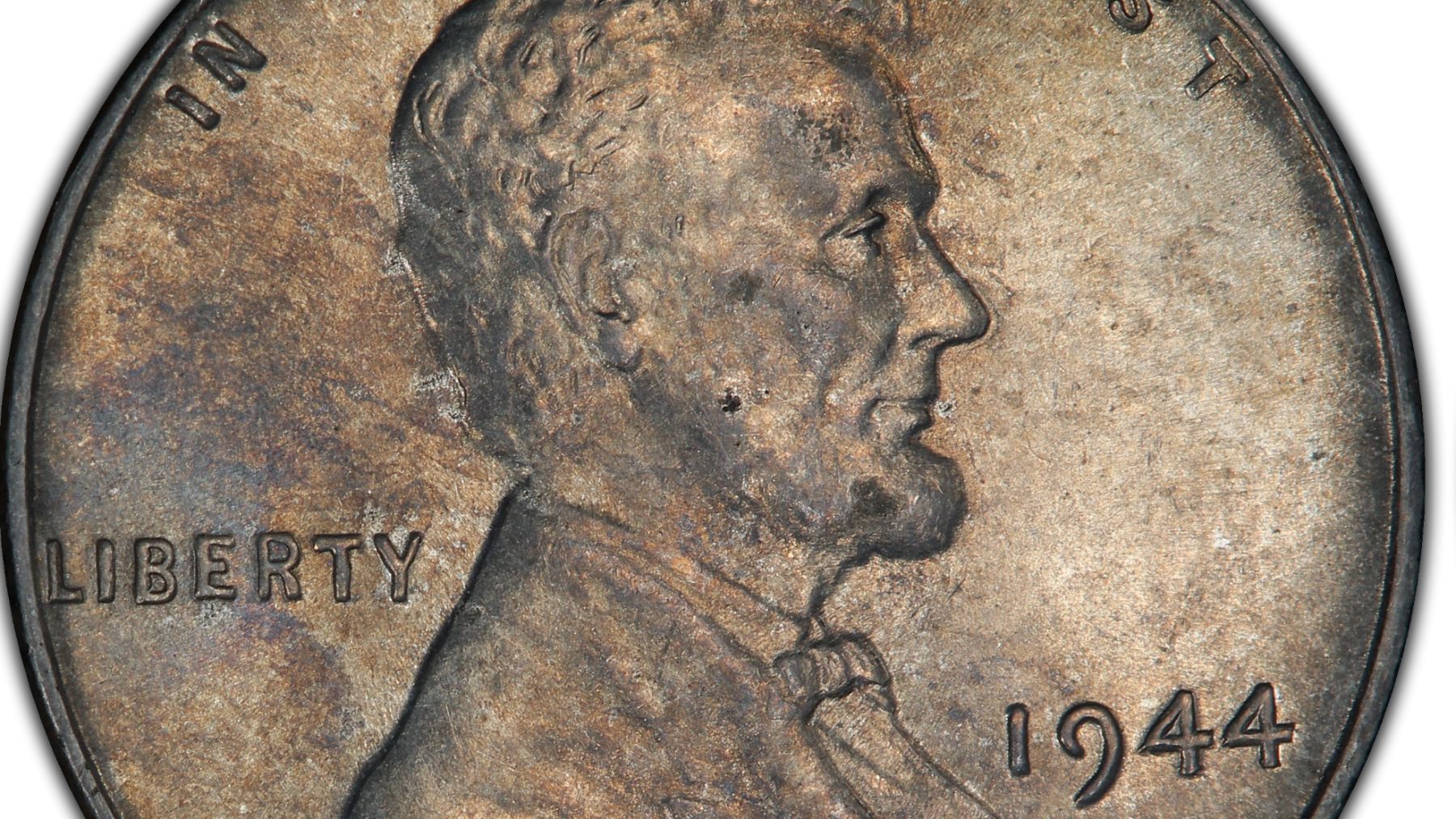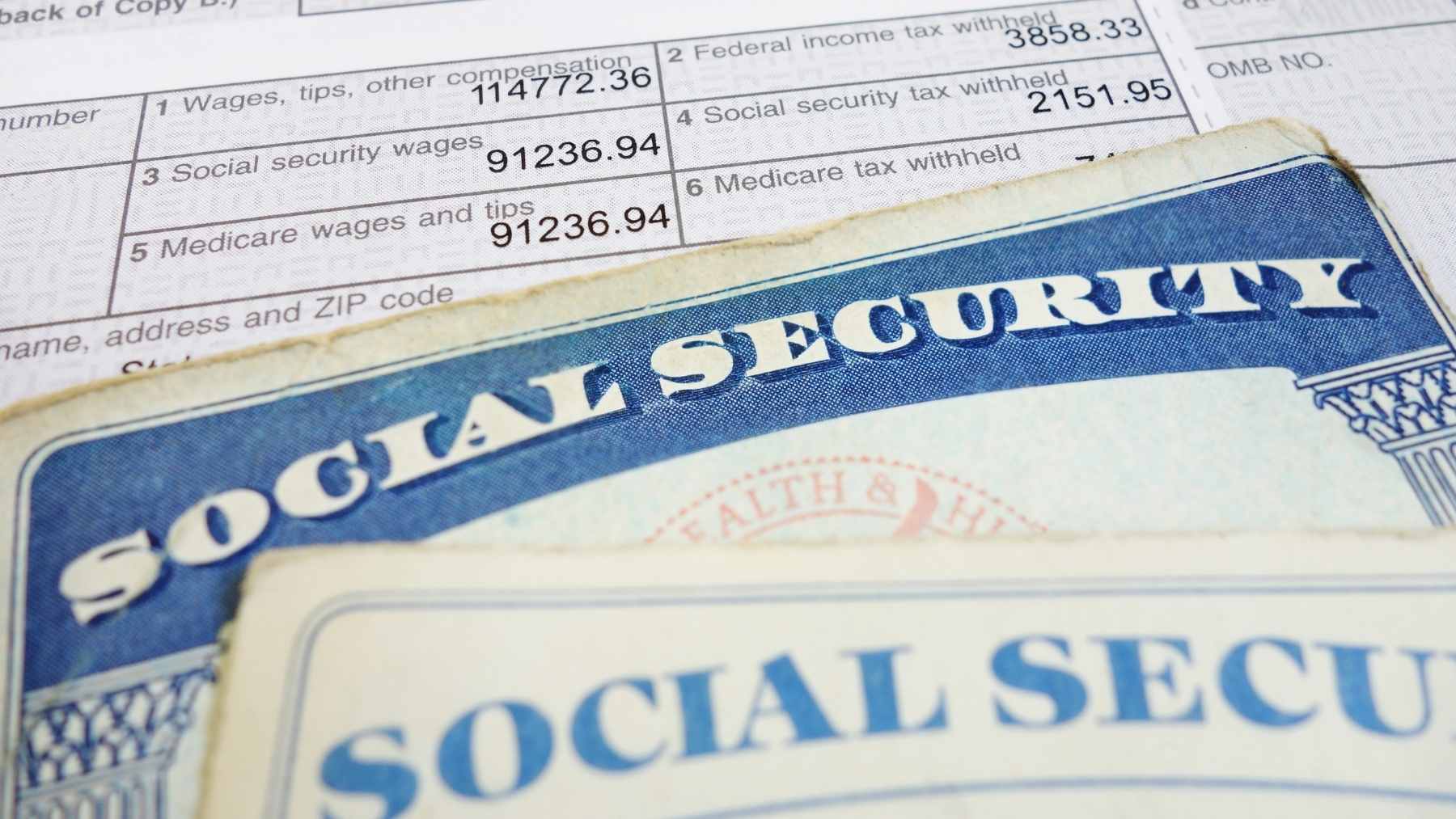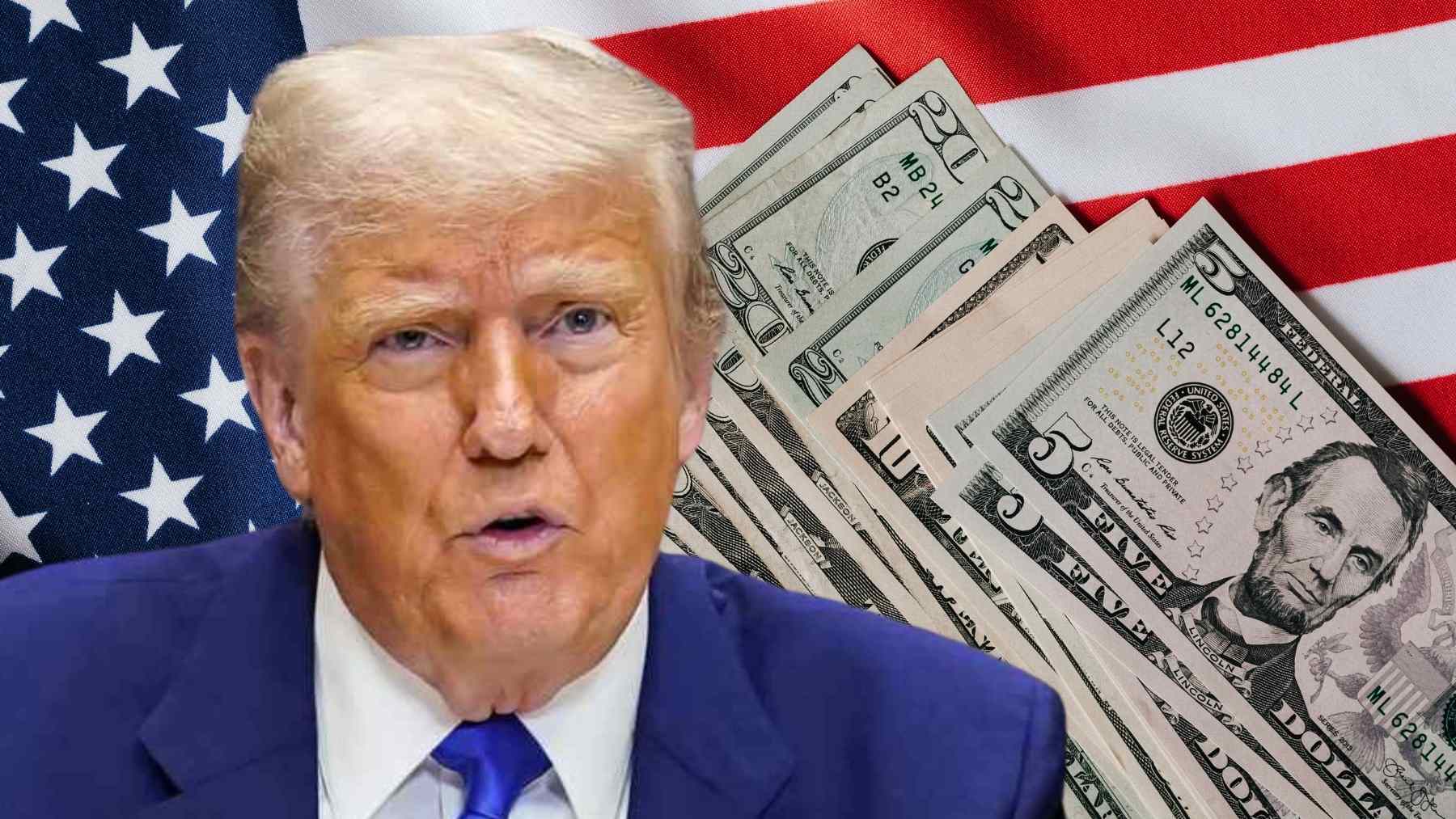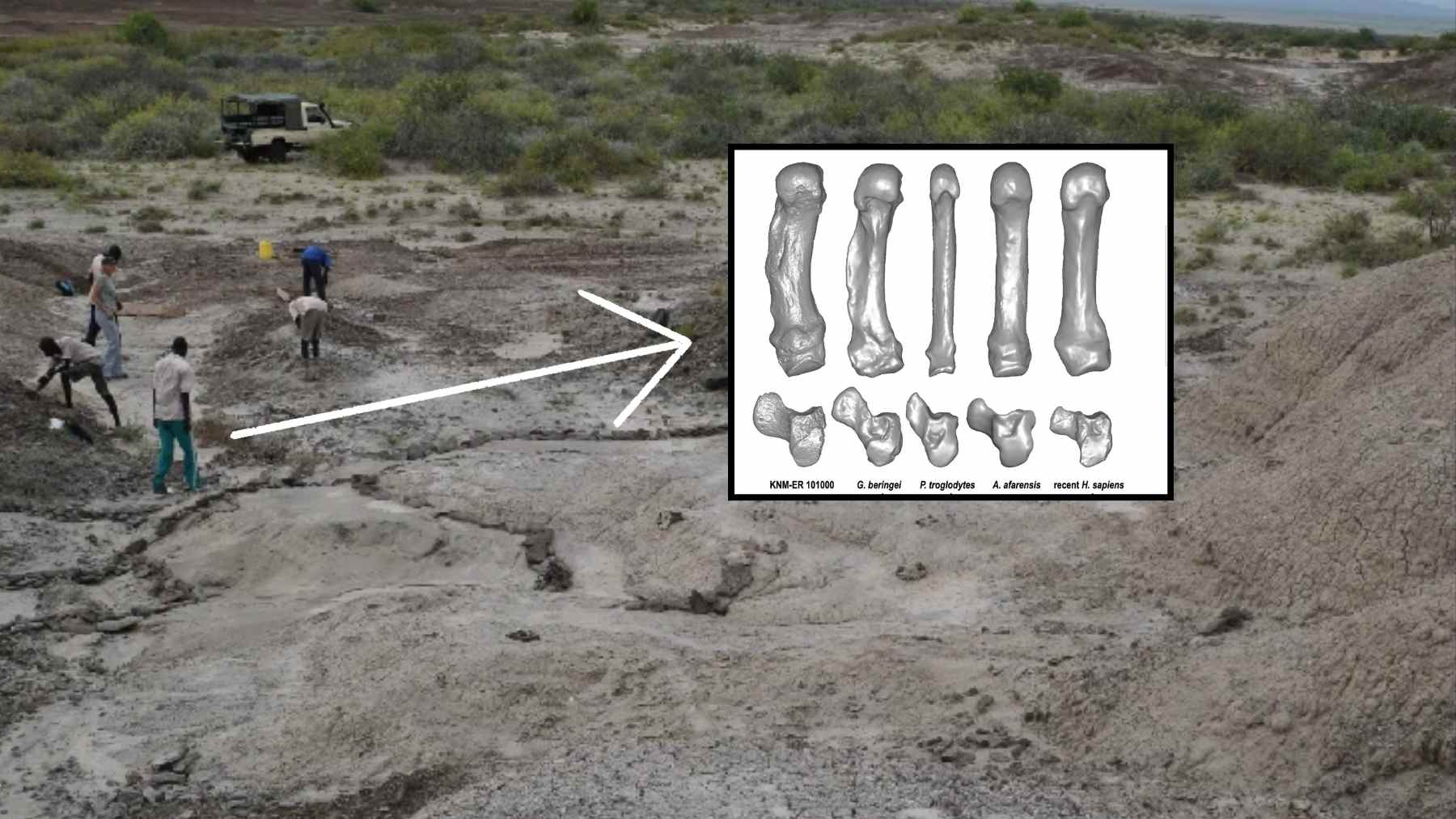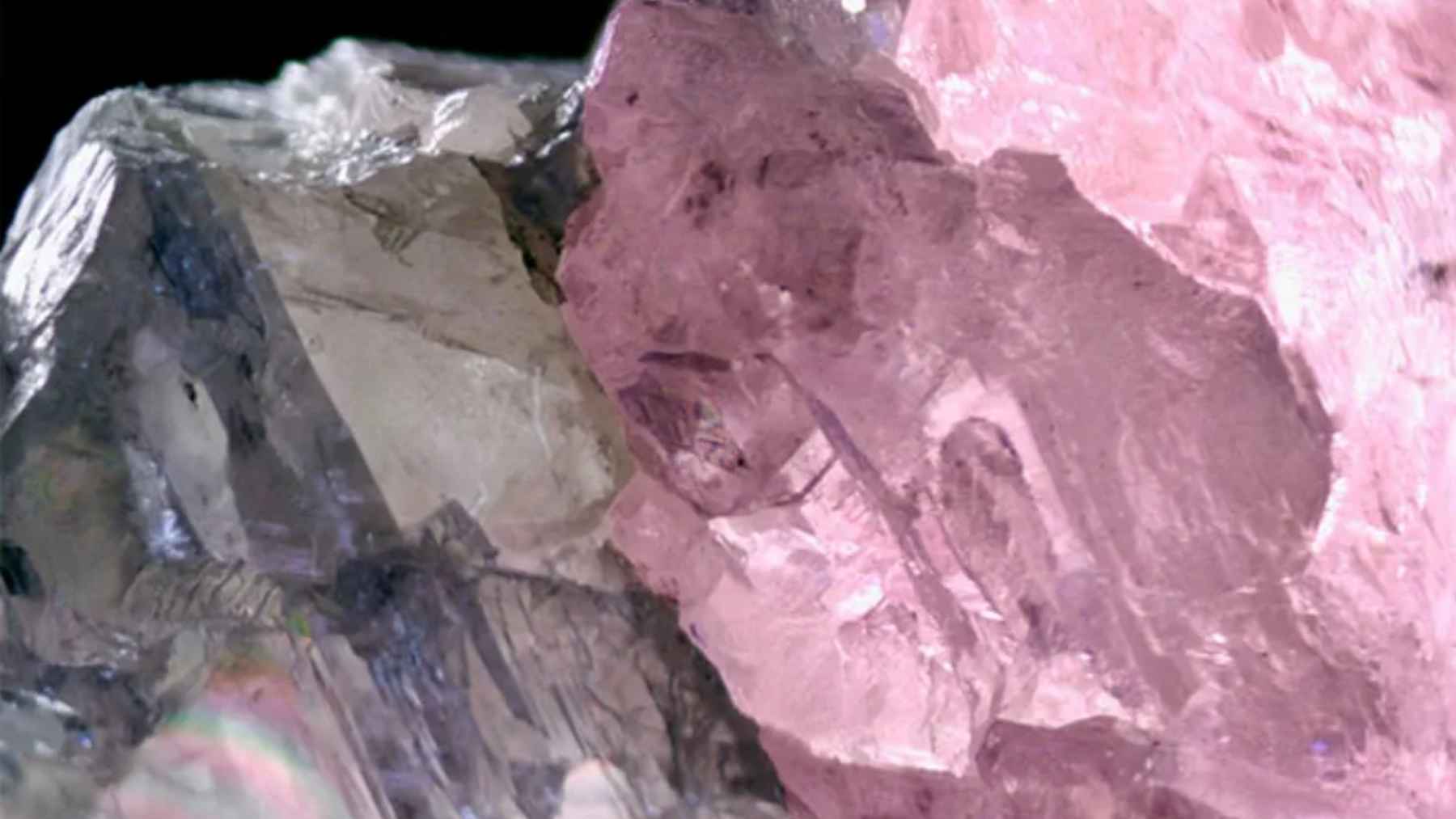You may have a hidden treasure right in your pocket without even knowing it. Some rare coins, often overlooked as mere pocket change, can actually be worth far more than their face value. Whether inherited, collected over time, or simply passed down through generations, certain coins have become valuable collector’s items, with some fetching astronomical prices at auctions. From ancient relics to more modern mementos, the right coin in the right condition can make you wealthier than you ever imagined. In this article, we’ll explore which rare coins could make you rich, how to identify them, and what steps you should take if you think you might have one.
If you have this coin with Lincoln’s face, you may have a collectors item
The Lincoln penny has been a part of U.S. coinage for nearly as long as the U.S. Mint has been in operation. Among these pennies, the 1944 Lincoln penny stands out to collectors, not just because of its iconic design, but also because it’s hard to find. Since no more 1944 pennies are being made, their rarity continues to increase over time, making them more valuable.
Since the 1944 Lincoln penny is so old, collectors usually want coins that have been graded. In simple terms, grading is just getting the coin’s condition checked by a professional. For collectors, grading means the following:
- Uncirculated: This coin has never been used or exchanged. It was kept safe from any damage, so it’s almost flawless, though the color may have faded a bit. Coins in this state are generally the most valuable.
- Extremely Fine: These coins are mostly in perfect condition but may have a tiny flaw, like a scratch. Even small imperfections lower the grade slightly.
- Fine: These coins have been in circulation but are still in good shape overall. You’ll notice light scratches and small chips, but the key details remain clear.
- Good: This is the lowest grade a coin can get. It’s heavily worn, with some details nearly gone. Even in rough shape, these coins are still valuable to collectors.
